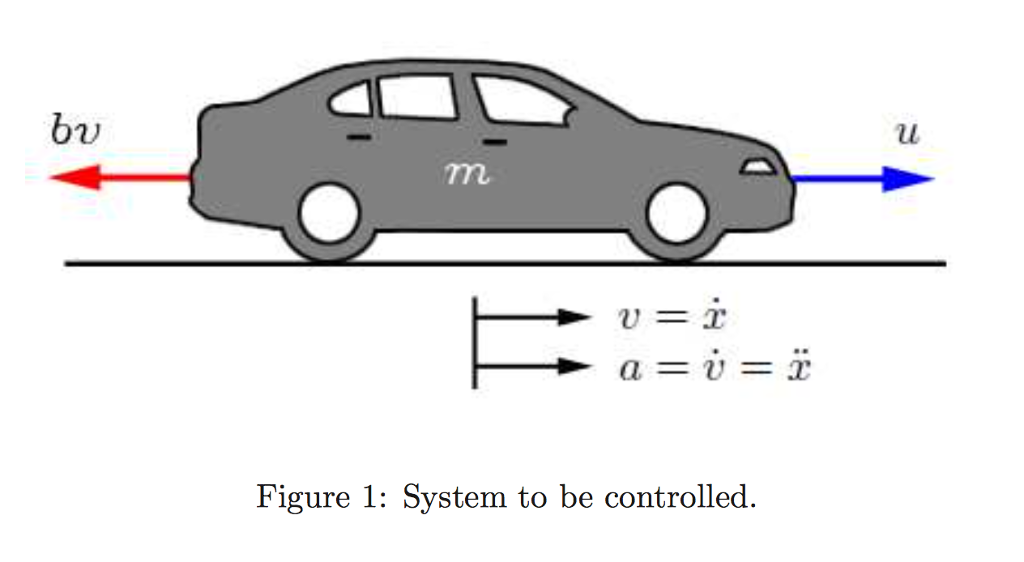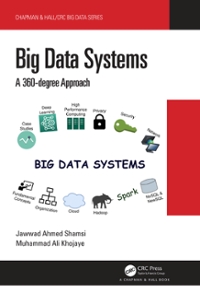Question
PID for Cruise Control Physical setup: Automatic cruise control is an excellent example of a feedback control system found in many modern vehicles. The purpose
PID for Cruise Control
Physical setup: Automatic cruise control is an excellent example of a feedback control system found in many modern vehicles. The purpose of the cruise control system is to maintain a constant vehicle speed despite external disturbances, such as changes in wind or road grade. This is accomplished by measuring the vehicle speed, comparing it to the desired or reference speed, and automatically adjusting the throttle according to a control law.
Figure 1: System to be controlled.
We consider here a simple model of the vehicle dynamics, shown in the free-body diagram (FBD) above. The vehicle, of mass m, is acted on by a control force, u. The force u represents the force generated at the road/tire interface. For this simplified model we will assume that we can control this force directly and will neglect the dynamics of the powertrain, tires, etc., that go into generating the force. The resistive forces, bv, due to rolling resistance and wind drag, are assumed to vary linearly with the vehicle velocity, v, and act in the direction opposite the vehicles motion.
System equations: With these assumptions we are left with a first-order mass-damper system. Summing forces in the x-direction and applying Newtons 2nd law, we arrive at the following system equation:
m v + b v = u ( 1 ) Since we are interested in controlling the speed of the vehicle, the output equation is chosen as follows
y=v (2) 1
System parameters: For this example, lets assume that the parameters of the system are: (m) vehicle mass 1000 kg (b) damping coefficient 50 N.s/m.
PID Control Design Problem: Design a PID controller to achieve the following control objectives: P.O.= 10%
ts = 2 (s).
Numerical Simulation Using MATLAB/Simulink, obtain the closed-loop system response for a desired input 65 (m/h) in the presence of an external disturbance 500 (N).

Step by Step Solution
There are 3 Steps involved in it
Step: 1

Get Instant Access to Expert-Tailored Solutions
See step-by-step solutions with expert insights and AI powered tools for academic success
Step: 2

Step: 3

Ace Your Homework with AI
Get the answers you need in no time with our AI-driven, step-by-step assistance
Get Started


